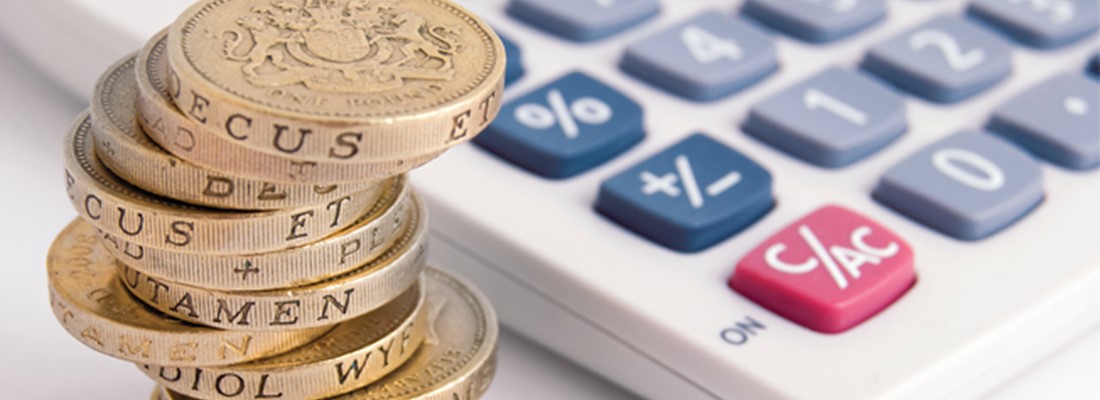Tax charges on loan or advance of money to a relevant person - By Mark Morton

In a surprise move, legislation was introduced earlier this year for arrangements which are seen to abuse the rules on s455 CTA 2010, which imposes a tax charge at 25% if a close company makes a loan or advance of money to a 'relevant person' who is a participator in the company or an associate of a participator. The first main change relates to who is caught by the rules.
A relevant person is an individual or a company acting in a fiduciary or representative capacity. What has not been clear is the extent to which loans to partnerships where a participator is a partner are caught by the charge and so the new legislation is putting 'beyond doubt' that certain trustees and certain Limited Liability Partnerships (LLPs) or other partnerships are subject to the s455 tax by adding specific persons:
• Trustees - where there is a loan or advance to the trustees of a settlement in which at least one trustee or beneficiary (or potential beneficiary) is a participator in the close company making the loan or advance or an associate of such a participator.
• LLPs or other partnerships - where at least one of the partners is an individual and that individual is a participator in the close company making the loan or an associate of an individual who is a participator in the close company.
The new s455 has effect for a loan or advance made on or after 20 March 2013.
Restrictions on repayment of tax on the repayment of a loan
The second mainstream change relates to the repayment of loans. Relief is available to a close company if the loan is repaid to the close company. The intention of new legislation is to dictate how certain repayments are treated so that the relief rules cannot be manipulated. The provisions also apply to the new 'arrangements' legislation in ss464A and B CTA 2010. As a consequence, the legislation refers to 'chargeable payments'. Chargeable payments include loans which give rise to a charge under s455 CTA 2010 and the conferral of benefits which give rise to a charge to tax under s464A CTA 2010. There are two rules introduced.
Rule One: the 30 day rule
This is a matching rule. It matches certain repayments to 'the available amount of relevant chargeable payments'.
• An amount contained in a chargeable payment is an 'available amount' to the extent that no repayment has been treated as made in respect of it by the previous operation of Rule One.
• A 'relevant chargeable payment' is a chargeable payment if (or to the extent that) it is not repaid within the period of 30 days mentioned below.
• An amount contained in a repayment is a qualifying amount to the extent that it has not been treated by the previous operation of Rule One as a repayment of a chargeable payment.
If the conditions below are satisfied the repayments are matched as far as possible with the new chargeable payments. Repayments are available to set off against the original chargeable payments only to the extent the repayments are in excess of the new chargeable payments.
Where, within any period of 30 days:
(i) the qualifying amount of repayments made to a close company in respect of one or more chargeable payments made by the company to a person totals £5,000 or more; and
(ii) the available amount of the relevant chargeable payments made by the company to the person or an associate of the person totals £5,000 or more; and
(iii) the relevant chargeable payments are made in an accounting period subsequent to that in which the chargeable payments mentioned in (i) were made,
the qualifying amount of the repayments, so far as not exceeding the available amount of the relevant chargeable payments, is to be treated as a repayment of the relevant chargeable payments.
The repayments and new chargeable payments may be in the same accounting period but the new chargeable payments must be made in a later accounting period than the original chargeable payments.
The 30 day rule does not apply to any repayments chargeable as income tax on the participator or their associate. An example may be where a dividend is declared by the close company of an amount which is equal to the amount of the loan outstanding and upon which the participator is charged to income tax.
Example (based on HMRC example of earlier draft legislation)
C Ltd is a close company in which X, an individual, is a participator. C Ltd's accounting period ends on 31 March 2013.
On 25 March 2013, X borrows £15,000 from C Ltd. If the loan is not repaid within nine months and a day of the end of the accounting period, C Ltd must pay a tax charge under s455 of 25% of the amount of the loan (£3,750).
On 1 December 2013, a dividend of £9,000 is declared by C Ltd on which X is chargeable to income tax. On the same day, X repays the remaining £6,000.
On 10 December 2013, X borrows £3,500 from the company. On 15 December 2013, X withdraws a further £2,000 from the company.
For the purposes of the 30 day rule, there was a loan outstanding of £15,000 and of that:
• £9,000 was repaid (by way of the application of a chargeable dividend towards the amount of the loan) which leaves a loan outstanding of £6,000.
• X repays the £6,000 (the qualifying repayment) which is greater than the £5,000 de minimis limit for repayments.
• Nine days later and 14 days later respectively, so within the 30 day period, X withdraws a further £5,500 (£3,500 + £2,000). These are 'available' amounts as they have not been matched previously under the 30 day rule. They are 'relevant amounts' as they are not repaid by X within the 30 day period. The amounts exceed £5,000 and so exceed the de minimis limit. And finally the payments were made in a later accounting period to the period in which the original payments were made by C Ltd to X.
Therefore £5,500 of the £6,000 repayment is matched with the £5,500 relevant chargeable payments (and so are treated as repaid and will not subsequently give rise to a charge under s455). Only £500 of the £6,000 original loan has been repaid and so a charge under s455 arises of 25% of £5,500.
Rule Two: arrangements
This matching rule considers whether a repayment is made under arrangements which result in a further amount being paid to the participator. If the conditions are met, then the repayment is to be treated as far as possible as a repayment of the new chargeable payment rather than the original chargeable payment.
Where:
(i) immediately before a repayment is made in respect of one or more chargeable payments made by a close company to a person, the total amount owed to the company by the person in respect of chargeable payments is £15,000 or more;
(ii) at the time the repayment is made, arrangements had been made for one or more chargeable payments to be made to replace some or all of the amount repaid; and
(iii) the available amount of the chargeable payments made by the company to the person or an associate of the person under the arrangements totals £5,000 or more
the qualifying amount of the repayment, so far as not exceeding the available amount of the chargeable payments mentioned in (iii), is to be treated as a repayment of those chargeable payments.
An amount contained in a chargeable payment is an available amount to the extent that no repayment has been treated as made in respect of it by the operation of Rule One or the previous operation of Rule Two.
As with the 30 day rule, repayments such as dividends declared by the close company and so chargeable to income tax will not come within Rule Two.
The new relief provisions have effect for repayments and return payments made on or after 20 March 2013, so clients who have learnt to 'play the system' in the past may need a bit of gentle education!




